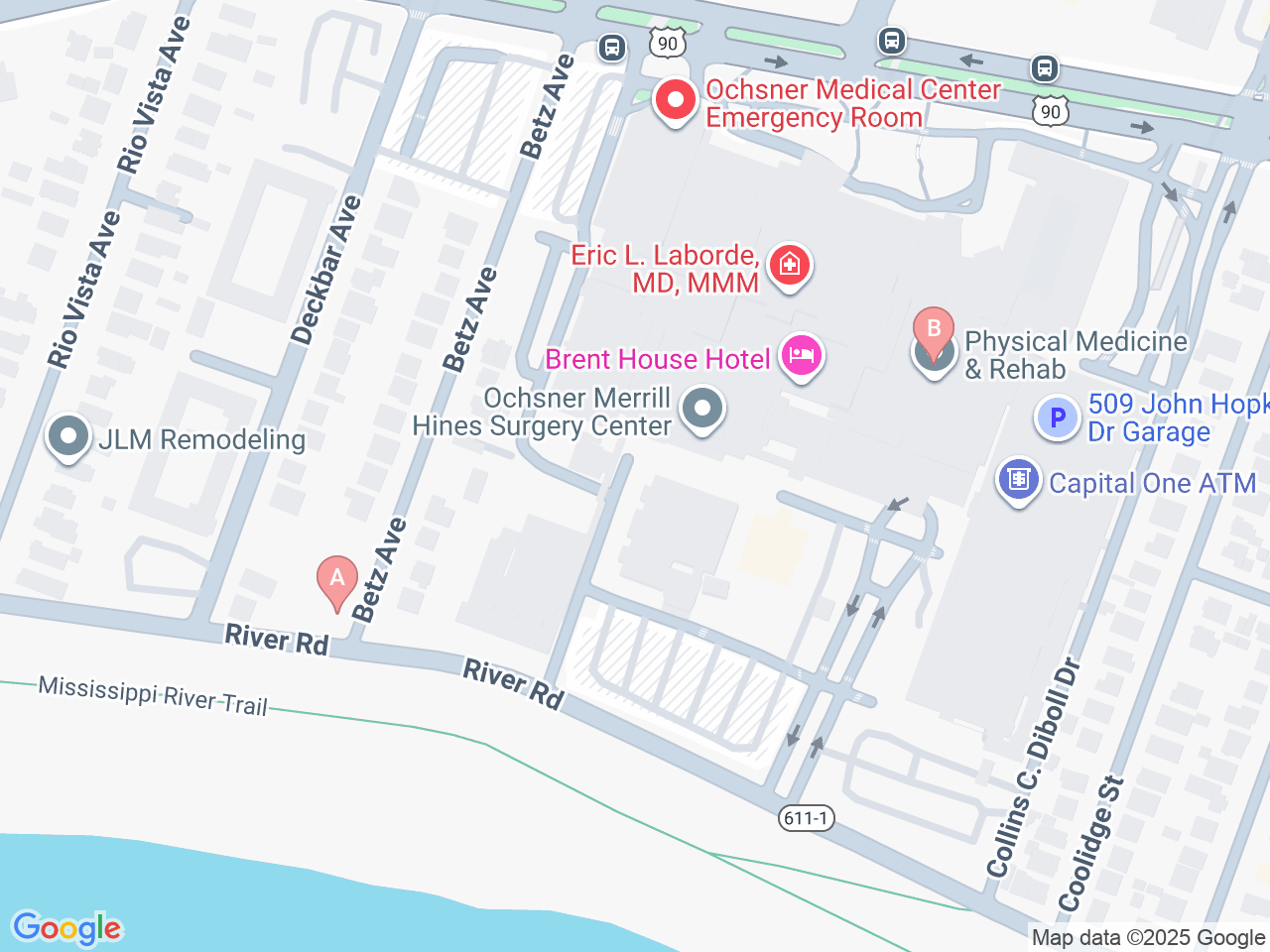Why choose Ochsner for bone and soft tissue tumor treatment?
At Ochsner Health, our orthopedic oncologist are experts in diagnosing and treating complex and rare forms of musculoskeletal and bone tumors. We offer the latest diagnostic imaging technology and the most advanced surgical and limb-sparing techniques available. We evaluate hundreds of patients with bone cancer and benign tumors annually in New Orleans, Louisiana.
Ochsner's dedicated team of oncologists, radiologists, oncology nurses, physical therapists and oncology social workers offer a coordinated approach to the treatment of musculoskeletal and bone tumors in adults, teens and children. Our outpatient rehabilitation program helps patients to return to their desired activity level.








